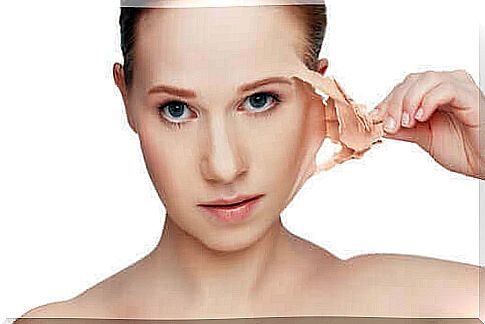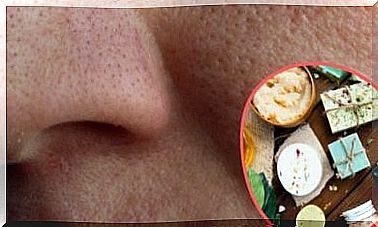Skin Memory: What Do You Need To Know About This?

Skin memory is something that really exists and is not just a poetic term or the name of a novel. It is a phenomenon that dermatologists are increasingly taking into account. The skin memory mainly has to do with exposure to the sun and the damage that occurs later.
The skin is the largest organ in the human body. In total it measures up to about 2.4 meters and weighs about 4 kilos. Furthermore, it consists of three layers:
- hypodermis
- dermis
- Epidermis or epidermis
This organ acts as a barrier to the outside, protecting us from aggressive influences and changes in our environment. Furthermore, it plays an important role in our appearance and even in our self-esteem. When we look in the mirror, we see a large part of our skin tissue.
Many people do not take into account that our skin needs special care. At the same time, we need to protect it from certain dangers, such as sun exposure. In today’s article, we’ll explain what skin memory is so you can understand its importance.
What does the skin memory consist of?
Skin memory is a very interesting phenomenon. Of course, it doesn’t have a memory like that of the brain. Rather, we are talking about the fact that skin that is exposed to the sun is at greater risk of skin damage in the future.
In other words, those who frequently expose their skin to the sun without protection will start showing lesions on the uvula after many years. The main problem is that while they are benign in some cases, they can be precancerous or even cancerous in others.
At the time of exposure, we may not even realize we’re burned, but that doesn’t stop these lesions from appearing.
This is the main reason why constant application of sunscreen is important. In addition, the sun protection factor (SPF) should always be at least 30 and the product should cover all exposed areas of the body.

How does skin memory work?
Ultraviolet radiation from sunlight penetrates the outermost layer of skin. In this sense, we are talking about two different types of radiation: UVA and UVB. UVA rays can pass through clouds and even glass and reach the middle layer of the skin.
These rays, because they penetrate so deeply, are related to the processes of dermatoheliosis and sunspots. In the same way, they can also damage the DNA of our cells and cause the mutation that can cause skin cancer.
UVB rays are the rays responsible for sunburn. Although they are not as capable of penetrating the skin, reaching only the epidermis, they are still related to skin cancer. Therefore, we must protect ourselves from both types of radiation.
The concept of skin memory is based on the fact that these radiations alter the DNA of our cells. What happens is that this damage to the DNA initially repairs itself.
Over time, however, the damage builds up until it reaches a point where it becomes irreparable. When the process of cellular repair comes to an end, cancer occurs.
Always protect your skin

The skin memory is part of us from the moment we are born. When children are exposed to the sun unprotected, the risk of injury is even greater. Therefore, it is important to take special care of children and avoid the times of the day when the radiation is greater.
At the same time, we must be aware that skin memory and skin cancer are closely linked. Fair skin and light-colored eyes are also risk factors, although people with darker features are not exempt from this damage. The problem is such that skin cancer is one of the most common cancers.
That’s why we should never forget to protect our skin. In addition, you should also stay away from tanning beds with ultraviolet radiation. Remember that you may not see the damage right away, but it will show up over time. So do what you can today to keep your skin healthy in the long run.









